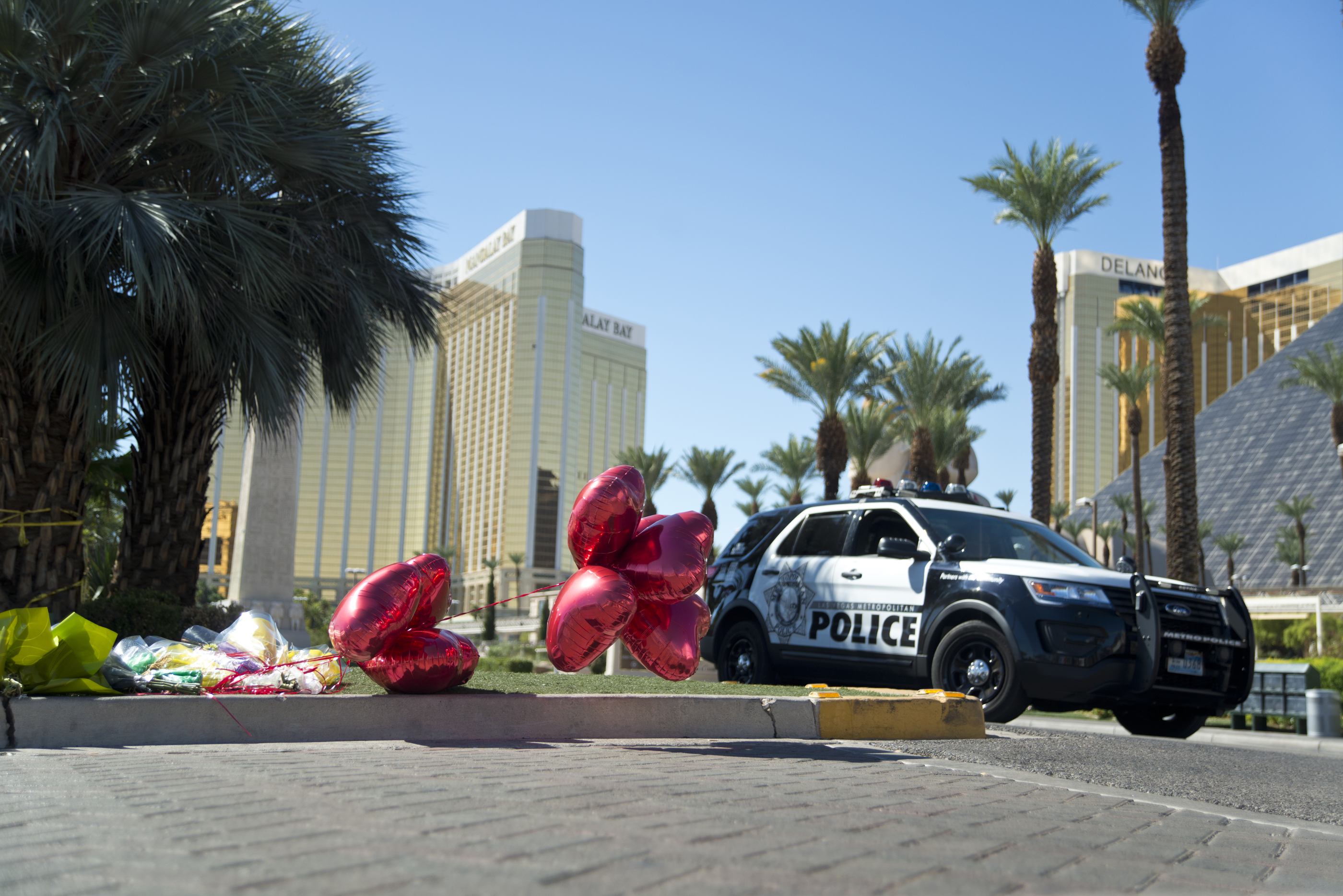Metro’s Oct. 1 review a reminder of the frustration of trying to learn from horrific loss

Thirteen minutes.
That’s how long Steven Paddock, using an arsenal of nearly two-dozen semi-automatic assault rifles, rained down bullets from a high window at Mandalay Bay on the Route 91 Harvest Festival on Sunday, Oct. 1, 2017.
Thirteen minutes.
In the aftermath of the worst mass shooting in American history, a small army of local detectives and FBI agents investigated the crime and analyzed the crime scene, searching the shooter’s background for clues to his motivation for perpetrating an act of unspeakable evil. Their frustration was palpable. In January, the sum of all those efforts, distilled by the FBI’s Behavioral Analysis Unit, determined there was “no single or clear motivating factor” behind Paddock’s rampage.
While working through the trauma and loss associated with the event was the greatest priority of the victims’ families and the community that closed ranks around them in a heart-felt display of unity, credit Clark County Sheriff Joseph Lombardo and a team of professionals from Metro for attempting to learn lessons – some of them painful - from our collective nightmare. Authored by Capt. Kelly McMahill and Det. Stephanie Ward, the department’s release this past week of the 158-page “1 October After-Action Review” is a clear attempt to make meaningful changes in policy and procedure in the wake of tragedy.
“In our chosen profession of policing,” Lombardo wrote, “we often cannot control what takes place on the ground that we have been commissioned to protect and serve. However, we always have control over how we respond in the aftermath.”
The report is sure to cause some Metro observers to wince in several areas. Although the department has already implemented approximately 40 percent of the report’s recommendations, the sheriff acknowledged, “It is apparent to us as an agency that there are many areas where we must improve to better serve our community in the future.”
It took just 13 minutes to change Las Vegas forever, and all the preparation in the world might not have made a difference, but the truth is the tourism mecca had been living on borrowed time for years. The administrative review gives a detailed picture of the sequence of events with attention to the department’s preparedness, tactical and command responses, and ability to communicate amid the chaos. While the report will clear up some confusion, it doesn’t claim to provide ultimate answers and offers no guarantees.
It does, however, offer 93 recommendations for improving a system that couldn’t help but be caught off-guard by the actions of a single madman with a cache of military-style firepower. The department has already implemented many of the report’s recommendations.
What’s clear even to an untrained eye is the logistical challenges law enforcement and other first responders on the Strip and inside the high-rise tourism corridor. Each resort is a city unto itself with its own security force and corporate culture. While the report enthuses about the professional and cooperative relationships that exist between the department and the casinos, it’s also evident from Recommendation No. 4 that additional Multi-Assault Counter Terrorism Action Capabilities (MACTAC) training should be a priority within the gaming corporations.
It only begs the obvious: The police can arrive in a hurry, but the casino security is already on the scene. Some companies had already added the military-style “active shooter” training to their security teams.
The report also makes clear (Recommendation No. 32) that Communications Bureau personnel need to receive MACTAC training. Although the dispatchers aren’t on the scene, the whole system itself needs to be able to rapidly transition into an active shooter mindset.
From the report: “Normal MACTAC procedures require in-the-box squads send dispatch an administrative message containing only call signs of the officers who are responding. Personnel and responding squads were unable to log in over the air or call into dispatch because of the volume of incoming communications into the Communications Bureau. Many officers were unaccounted for when they responded to the active shooter, so their locations were not documented. MACTAC activations had not been tested in live exercises where in-the-box squads were documented through dispatch.”
It was a gutsy admission.
There were others, all coming in the wake of the news that the department had dismissed veteran Officer Cordell Hendrex after he reportedly remained a floor below as Paddock fired on a crowd of country music fans. The Police Protective Association is appealing the termination.
Some of the recommendations – increase active shooter planning and the availability of emergency trauma kits of the kind usually reserved for war – just make good sense in a nation awash in weaponry.
Among other recommendations is one that will require police to chance their security strategy for scheduled events expected to draw at least 15,000 people – a regular occurrence in wide-open Las Vegas. It wouldn’t be surprising to see a day soon when someone on the Strip and other local concert venues are under police drone surveillance.
Las Vegas has changed forever, but the after-action report is an indicator that our police and other first responders are working to change along with it.
John L. Smith is an author and longtime columnist. He was born in Henderson and his family’s Nevada roots go back to 1881. His stories have appeared in Time, Readers Digest, The Daily Beast, Reuters, Ruralite and Desert Companion, among others. He also offers weekly commentary on Nevada Public Radio station KNPR. His newest book—a biography of iconic Nevada civil rights and political leader, Joe Neal—”Westside Slugger: Joe Neal’s Lifelong Fight for Social Justice” is published by University of Nevada Press and is available at Amazon.com. Contact him at [email protected]. On Twitter: @jlnevadasmith
